|
After a while, Nintendo posted a new Pokémon Direct video. In this video, some information was dropped and a huge announcement was made. The video kicked off with a brief history of the Pokémon franchise, pointing out that this year is their 20th Anniversary of the original game release. To celebrate this, a brief video was shown to show off the series as a whole and to emphasize the tenets of the franchise: collect, trade and battle. Then the bomb was dropped: Pokémon Sun and Moon are to release Holiday 2016! Some brief concept art was shown to entice us viewers. There were some vehicles (perhaps indicative of a new way to travel?), some concept artwork of Pikachu and also some buildings (which could be anything). It wasn’t much, but enough to slightly interest fans. One big point that was driven home was the addition of Simplified and Traditional Chinese as language options in the upcoming new games. The video moved on to talk about the (no available) release of the 3DS Virtual Console versions of Pokémon Red, Blue and Yellow. These aren’t just ports, and have a couple new features added to make them relevant. First, you can wirelessly trade and battle (originally only possible via a link cable, which isn’t compatible with the 3DS). Second, you can transfer your captured Pokémon from Red, Blue and Yellow into the Pokémon Bank (once a future update is applied). Pokémon Bank is an app for the 3DS that costs $5 a year and allows you to store Pokémon from any game released since X and Y, therefore allowing a universal way for every game in the future of the franchise to access your collection. Besides the announcement of Sun and Moon, there wasn’t a lot of exciting information shared in the Direct. That being said, we now have something to look forward to, and we’ll surely get snippets of information over the next few weeks and months. Look forward to all the upcoming Pokémon news! - Teepu Pokémon Sun and Pokémon Moon Site: http://www.pokemon.com/uk/pokemon-video-games/pokemon-sun-and-pokemon-moon/ Pokemon Direct
0 Comments
There are some games that end up passing under people's radar, yet are gems waiting to be played. Stella Glow is one of those gems. Stella Glow is a strategy role-playing game (commonly known as tactics games or SRPGs) that revolves around the theme of music and magic. The distinguishing factor is how this is all presented within the game. The Witch of Destruction is going around crystallizing denizens of various towns, and the Queen of the capitol wants to put a team together to stop her. Witches are looked at in a similar fashion as Jedi within Star Wars. They are rare, and have powers. As a result of this, the average person has misconceived notions about them. To top it off, the witches are the only people who actually know how to sing. This means that within the game universe, music has become limited to a select few people. Singing is the way that the witches ultimately release their power. The queen decides to create a group of witches along with some knights to sing a sort of counter-song to the Witch of Destruction's song. That's the premise of the story. Along the way, there are a few twists and there's even a nice nod the fantasy makes to our own reality. Many of the overall themes are standard (faith, trust, good vs evil, failings of man, etc.), but the presentation and development is what makes this game special. Particularly, the characters. Each character is designed to fill a very specific archetype, which means that they are mostly rigid by design. This may sound boring, but the draw is that you get a large variety of characters who have very interesting interactions with each other. That doesn't mean there isn't development, because there absolutely is. Each character has their own inner demons to deal with and you get to deal with each one individually, if you so choose. That's where the affinity system comes in. As you play through the game you can spend time with characters to develop your relationship with them. This will further develop their characters and provide insight into why they are the way they are. As an added bonus, this development comes with actual combat bonuses. So you have more than just a story interest in getting to know your party. The trick, is that you only get a limited amount of time to develop them so you have to be picky about who you develop. I liked this because it really gives a sense of reality, where you can't possibly have the time to get to know everyone in your life. So you pick people who are the most important to you and build relationships with them as best you can. The game works the same. Speaking of limited time, for better or worse, the game revolves around this concept. Each chapter of the game has a set number of time slots for you to do things. There are Missions and Free Time. During Mission time you can explore the world map and do various fights to grind for levels (more on that later), buy/sell equipment and do the story mission. Doing the story mission will cause time to pass and end that specific time slot. During Free Time, you are able to do a variety of things. You are allotted 3 'events' per time slot to do things, and each thing uses up 1 event. You can use that time to develop relationships with characters, 'explore' (which merely uses up time and gives you a chance of getting an ultimate character specific accessory at complete random), take on a part-time job (allows you to make money and raise your rank with the shops which will result in special items or discounts) or just pass the time doing nothing. You can also do something called tuning. As you develop your relationship with the witches in your party, sometimes relationship progress gets blocked by emotional 'chains'. You take them to this special spot in the city and 'tune' them, which essentially involves facing their inner demons through unique battle scenarios. Regarding battle, the combat is actually quite fun. If you have played a tactics game before, then you know exactly what to expect. It's a turn-based system where you have a grid-based battlefield to move your characters. You can flank enemies and environment height effects combat. Each individual character represents a unique class. For example, Rusty is the rogue, Ewan is the gunner and Alto is the swordsman (warrior). They each get abilities to represent their classes as they level up, which helps to make each character an asset in his/her own way. This also means that you will likely get attached to characters more likely based on their combat class rather than their personality, since you'll use them so much. The combat is designed to be approachable for the newcomer to the genre, so you won’t see the same type of complexity as a game like Final Fantasy Tactics. That doesn't mean the game can't be challenging. There are many battle scenarios with some fun battle conditions or gimmicks that really help make things interesting. In fact, most of the battles follow this idea and thus the combat doesn't usually feel repetitive since you need to approach situations differently all the time. Luckily, the game is made even more enjoyable with exceptional voice acting. Each of the actors captures the character beautifully and it sounds like a well-done anime dub. In my experience, Japanese games tend to have mediocre voice acting at best (especially non-AAA titles like this), so this came as a very pleasant surprise to me. During conversations, you can press an 'auto' button to have the text progress at the same pace as the speech, so when there is actual talking you can have the dialogue flow smoothly. About 60% of the game has voice-overs, which is really nice. To top it off, it has some pretty catchy music which will help make sure your ears don't feel bored. When you conduct songs with the witches on the battlefield, they each have songs with actual vocals that play as you are in the battle. For the most part, these songs are well sung and are fun. It's an interesting way to present vocal music in a video game, and I really loved it. The game also looks nice, with some varied environments, good character design and some nice attention to detail. As I mentioned earlier, you are given a limited amount of time to do side quests in this game, which means you can't actually 100% it on your initial play through. Once you beat the game, you are given a New Game + that allows you to keep your money on a fresh run. The added bonus is that you get double experience points (meaning there is no need to grind as you play) and you also get triple the amount of free time throughout the game, allowing you to do anything you may have missed the first time through. It was a very clever way to add replayability, and I never felt like it cheapened the adventure (which tends to be the case in most New Game + scenarios for me). The game is reasonably lengthy as well. For my initial play through, it took me about 60 hours while my total play time (initial play through and New Game + play through) was 96 hours. So you can expect a good amount of game time out of this gem.
I originally bought this game on a whim without knowing anything about it. I'm really happy I did, because the game ended up being one of my most beloved games of 2015. It may not be quite as challenging as games like Fire Emblem, but it makes up for this in its other qualities. It has well-done art, fantastic voice-acting, an interesting story and fun gameplay. I couldn't ask for more from a game. If you like tactics games and are looking for a new game for your 3DS, I can't recommend Stella Glow enough. Gameplay: AMAZING Sound: PERFECT Graphics: GREAT Value: AMAZING OVERALL: AMAZING - Teepu From the folks who brought us otome games like Hakuoki and Amnesia comes a Kickstarter for a brand new adventure: Beastmaster and Prince - Flower and Snow-. Originally released on the PlayStation Vita in Japan only, Beastmaster and Prince is a game about a woman who wishes to be a Beastmaster. During her adventure, she ends up meeting four princes who have been cursed into being animals. As you progress through the game, you learn that the curse is more complex than it seems on the surface, and the plot will thicken with conspiracy, romance and daring. Gloczus and b2g Studio are proud to be able to attempt to bring this popular game overseas, but need our help as gamers since other major publishers aren't willing to pick it up. As a result of this, they started a Kickstarter for the game in order to help fund the localization for the Steam platform. The total goal is $150,000, with the amount currently at $45,257. The final date for the campaign is on March 12th at 12pm (PST). Also, there is a stretch goal of $1,000 which will enable iOS and Android development as well. They even mentioned that if funds allow, they may do a Vita localization as well. There are various awesome rewards depending on the amount you want to contribute such as keychains, stickers and character pillow cases. Of particular note is the fact that they are completely forthcoming with all details about the campaign and also how the funds will be used. For all you ladies (and gentlemen) who enjoy otome games, you likely already know the kind of quality to expect. Great artwork, fun characters and an engaging story! So if interested, check it out and give what you feel is appropriate (links provided below). Let's hope this comes to fruition. - Teepu (Bowser05) KICKSTARTER PAGE: https://www.kickstarter.com/projects/688648305/beastmaster-and-prince-flower-and-snow b2g Studio: http://b2gstudio.com
Gloczus: http://www.gloczus.com/en/ Idea Factory: http://www.ideafintl.com/ Otomate World: https://www.facebook.com/Otomate-World-1023425927673435/ Having never played an Elder Scrolls game, I decided to take a spin on the 21 year old game that kicked off this majorly successful franchise. The first thing you'll notice when booting up the game is that the graphics, while dated, have a timeless sort of simplicity to them. Even for its time, this wasn't exactly one of the best looking games out there. There's a lot of repeated texture use, the monsters are detailed but low quality and the animations are laughable at best. The cities use about one of three different texture sets. The dungeons are about the same number. This may sound ok for its time, but the massive size of the game helps make exploration more tiring than it should be. That being said, the game is visually acceptable, because everything is distinguishable and it still expresses a very fantasy vibe. You never see your own character, but when changing equipment you will see the look change in your character equipment screen. It's a nice little touch that games even now don't always do. Granted, there isn’t a lot of equipment variety visually, but it helps feel like you are making progress. That being said, the music is a whole other story. There are a very limited number of musical themes. About three for the overworld and about two for the dungeons. While the city themes are actually pretty catchy, the dungeon themes (which is where you'll spend the majority of your time) are extremely grating and painful to the ears. The problem with this is that it's almost required to have the sound up due to the enemies. It's difficult to figure out when you're being attacked, because visual cues don't always present themselves clearly. As a result of this, you need to listen for the distinctive (and oft creepy) sounds of the monsters to indicate whether you're in danger or not. On the bright side, the sound effects in this game are actually really well done and definitely help to draw you in. While aesthetically the game can be a mixed bag, it certainly excels in many other ways. When you first start, you are given the ability to choose your race, look (not a lot of options, but still cool to have customization), class and also your stat spread. Keep in mind that this game uses a modification of the Dungeons & Dragons rules for stat and combat calculation and progression. If you're familiar with this, then it'll help make understanding the game a lot easier. If not, the manual offers a pretty in-depth look at what everything means. Once you finish customizing your character, you are given a quick introduction screen and then thrown right into the mix. You are trapped in a dungeon, which you have to figure out how to escape. There are no tutorials or hand holding, so it's highly recommended that you at least skim the manual to be up to speed. You can play the whole game using the mouse. You use the cursor on the screen to select various things such as spells or character status. You also use the mouse to move around, moving the cursor to the edge of the screen moves you in that direction while holding down the left mouse button. Unfortunately, this control scheme felt extremely clunky and challenging to use. You can also move around using the arrow keys on the keyboard. With how quick-witted the monsters can be sometimes, you may not have the time to always move the cursor to the menu on the bottom to select spells or equipment. It's beneficial to learn the shortcut keys on the keyboard for these actions. When attacking, you hold down the right mouse button and move the mouse in the direction you want to swing your weapon (or fists). For example, if you move the mouse from right to left, you'll swing your sword accordingly. The game's biggest flaw happens to be its biggest strength: unfathomable scope. If you've played any of the other Elder Scrolls games, you likely are aware of how they create extremely detailed environments in specific parts of Tamriel. I found it interesting that the original game in the series actually allowed you to explore the entire super-continent of Tamriel. If you feel inclined to do so, you can actually walk from one place to another. The scale is massive though, and this will take a really long time. To make up for this, there is a fast travel option that you can use to travel between cities and dungeons. While the world map and story dungeons have a set structure, the random dungeons you can find are actually pseudo-randomly generated. I say pseudo because they have a set of rules they follow, then randomly generate everything else within them. The entrance, exit, stairs and locations of major treasures are usually in a set number of locations within the map space, so you'll likely get used to the pattern before you hit the halfway point of the game if you end up exploring beyond the story. This massive scale helps to make the game feel huge in a way even modern games sometimes struggle to accomplish. Due to the massive limitations of computer systems at the time, most of the environments are painfully similar, which diminishes the value of exploration. For a massive feat such as this, that shouldn't come as a surprise. The actual story dungeons have interesting and varying layouts though, which is a definite plus. I especially liked that these layouts reflected directly on the story theming behind each of the dungeons. This really helped with the immersion of the game that the rest of the game world tends to gloss over due to the lack of variety. Speaking of the story, it's practically nonexistent. The emperor has been replaced by a doppelganger who happens to be a powerful sorcerer. There's a powerful weapon that has been broken up into pieces that you need to put together in order to use to stop him. You get visions from a mysterious figure that gives you clues as to where to find the next piece. That's the whole story. This is especially disappointing because as you get the story behind each story dungeon, you notice that there is clearly a lot of room for interesting lore. I was actually very interested in learning more about the back story of each area, but they only entice and never fully sate the curiosity. Still, it's an effective way of keeping you invested just enough to give purpose to progression. If you choose to play any non-Mage class, you have access to a wide array of equipment along with special enchanted gear and cool effects. To balance this out (Mage's are limited to leather gear, which is the highest gear that can't be artifacts), Mage's have access to cool spells. To top it off, they have access to one of the coolest features of this game, and any game for that matter: The Spellmaker. If you go to a Mage's Guild in any city, you can mix and match any spell effect in the game to create your own spells (at appropriate costs, of course). Say you want to make a spell that does Fire damage and causes poison. You can do that. Say you want to create a spell that heals you, gives you levitate and also cures diseases. You can do that. There are only two limitations. The first is that you can only mix up to three effects per spell. The other is that you can only mix effects that affect the same target. For example, if you choose an effect that targets you, then you can only select other effects to add that also targets you. Beyond that, assuming you have the gold, you can make whatever spell you like. You even have control over the specifics, such as damage amount, healing amount, and how the spells change as you level up. This was one of my favorite features of the game, which had me coming back for more, playing with different ways to customize my spells (I played as a Battle Mage). As you level up, you are given stat points to distribute as you see fit in various attributes. Beyond your health (which goes up each level at a rate determined by your endurance), none of your stats go up automatically as you level up. So it's important to understand what your class needs, and what goals you wish to accomplish with your class before beginning to distribute your stat points. On the bright side, you can offset some of your deficiencies through enchanted equipment, which can potentially raise specific attributes a set amount. Your equipment isn't perfect though. Overtime, through use, your armor and weapons will lose durability and eventually break. Unless it's an artifact, broken equipment will remain in your inventory and can be repaired at any shop. It's useful to have an idea for how much your equipment can take though, so you don't get stuck with a broken item at an integral part of a lengthy dungeon. Going back to the exploration, getting side quests isn't as straightforward as modern games. You can ask citizens for rumors of jobs, and they will point you in the direction of taverns where you can pick up job quests. These jobs usually only net gold, and range from tasks such as delivering goods or escorting civilians. The real prizes are to be had in artifact quests. Sometimes, when talking to citizens, if you ask for general rumors they will point you in the direction of somebody who knows about an artifact. The good thing is that the game only presents you with artifact quests for artifacts your character can actually use. These artifact quests usually involve going to a dungeon to find a map, which will in turn lead you to a dungeon with the artifact. This is actually the same kind of structure that the story involves (meaning that each staff piece requires completing two dungeons). The game can have varying levels of smoothness when running. Depending on the amount of stuff going on, the game may run extremely smooth or it may run slightly choppy. It also has a couple of glitches such as monsters getting stuck in walls, which take away from the otherwise polished feel of the game. The most important glitch to point out is the 'Insufficient Base Memory' error. If this happens, the game will automatically force close. As a result of this, I highly recommend saving often and saving in different save slots. Over time, you will find that the game will start to get repetitive, and that you will be trying to get to each story dungeon as quickly as possible in order to experience the only unique parts of the game. The downside to this is that if you start rushing through the game, you will be underpowered in front of some potentially powerful monsters. There are creative ways to get around this problem though, which allows for a refreshing level of freedom.
Freedom. That's the ultimate theme of The Elder Scrolls: Arena. Despite its inherently repetitive nature, this theme is what helps fuel it as arguably the most free-form and open-world game of its time. Even to this day, it holds up quite well, and I had an absolute blast playing it. Depending on your play style, you could finish this game in 15 hours or hit upwards of 60 hours. Personally, I clocked in about 45 hours. It's difficult to recommend the game to everybody, but it's definitely a wonderful way to see how many amazing feats Bethesda was able to accomplish back in a time when nobody thought this could be done. NOTE: This game is only available on the PC. If you're curious, Bethesda now offers the game (along with the sequel: Daggerfall) for free on their website. In order to run it on modern systems, you'll need some kind of DOS emulator. Included with the game download is a document presenting instructions on how to install and play the game. It recommends DOSBox, which I recommend as well. Be sure to read the instructions in order to play it. Links are provided below. Graphics: GOOD Sound: GOOD Value: GREAT Gameplay: GREAT OVERALL: GREAT - Teepu (Bowser05) Official Bethesda Game Download: http://www.elderscrolls.com/arena/ DOSBox Download: http://www.dosbox.com/download.php?main=1 |
Search
Contributors◆ Angie
◆ Emily ◆ J.D. ◆ Janette ◆ JT ◆ Manuel ◆ Nestor ◆ Rose ◆ Sylvia ◆ Teepu ◆ Tiffany ◆ Winfield Archives
July 2025
|
© 2014-2025 A-to-J Connections. All Rights Reserved.


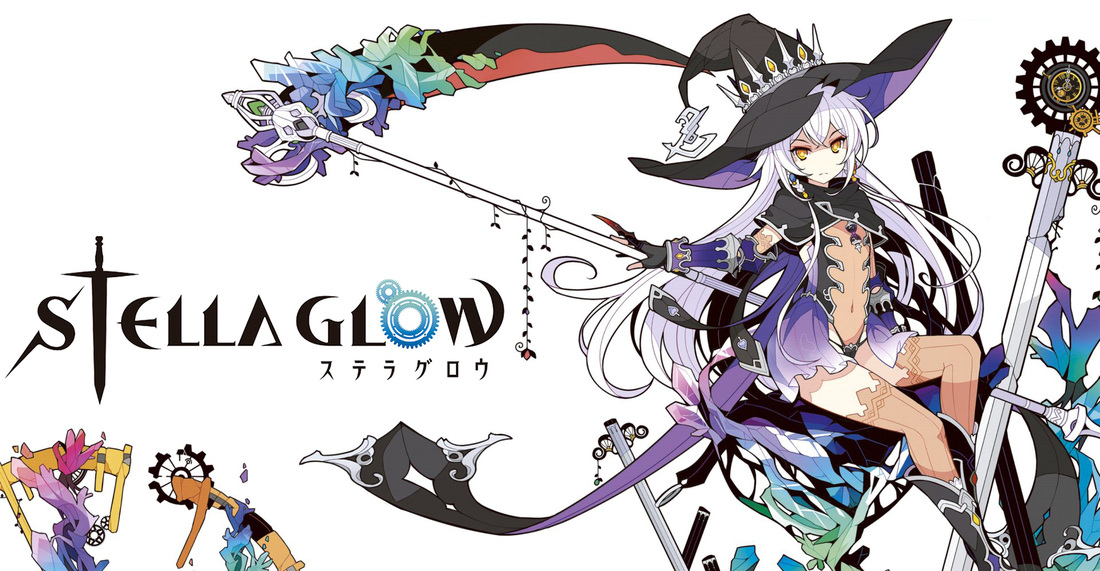
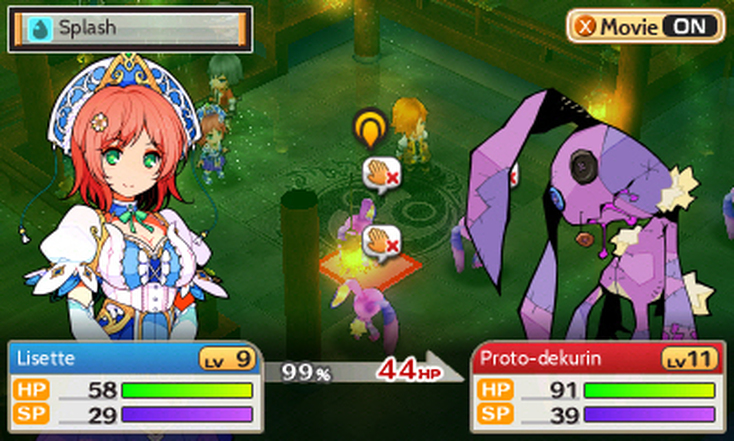
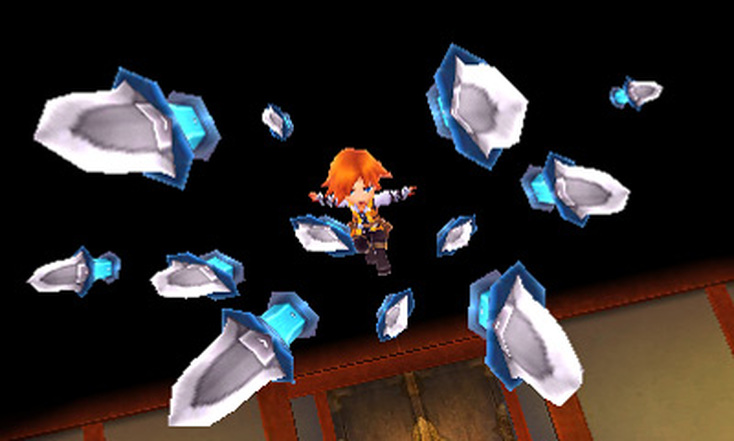
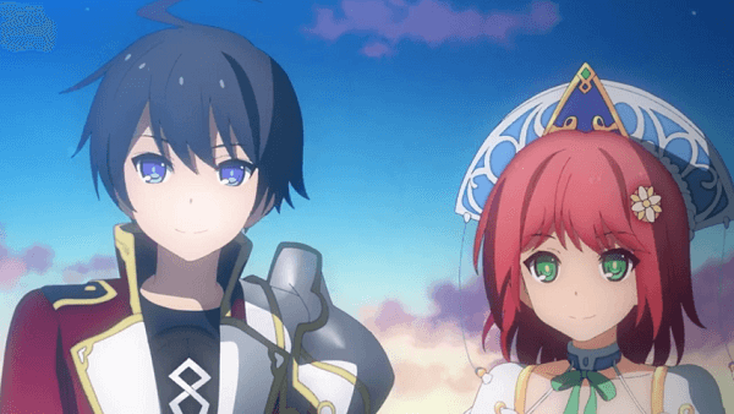
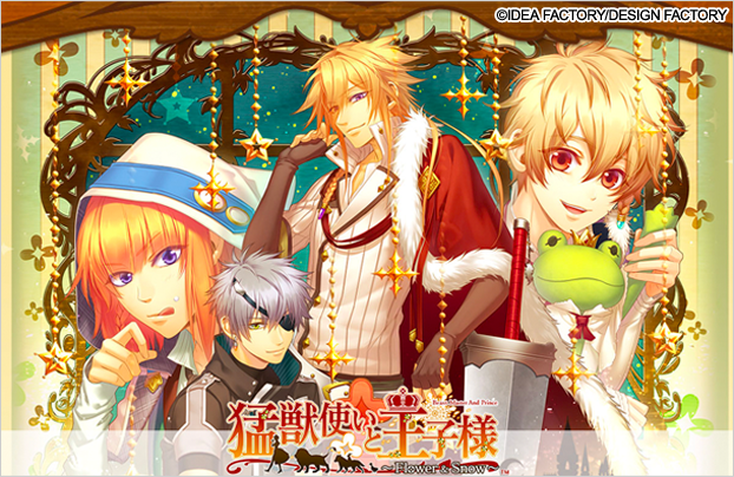
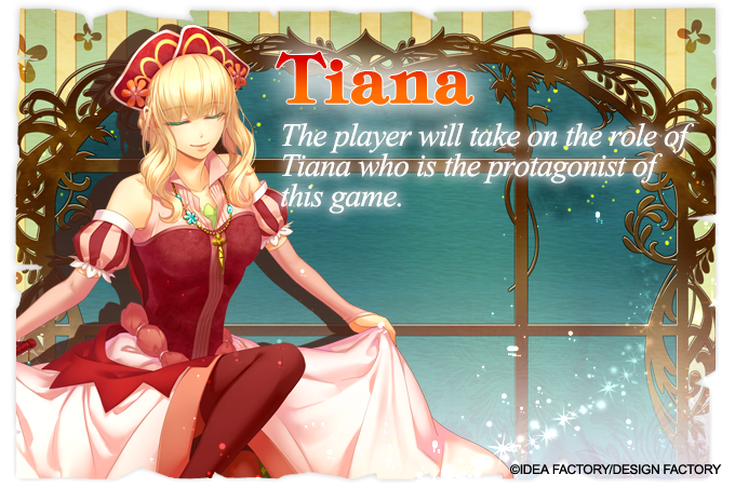
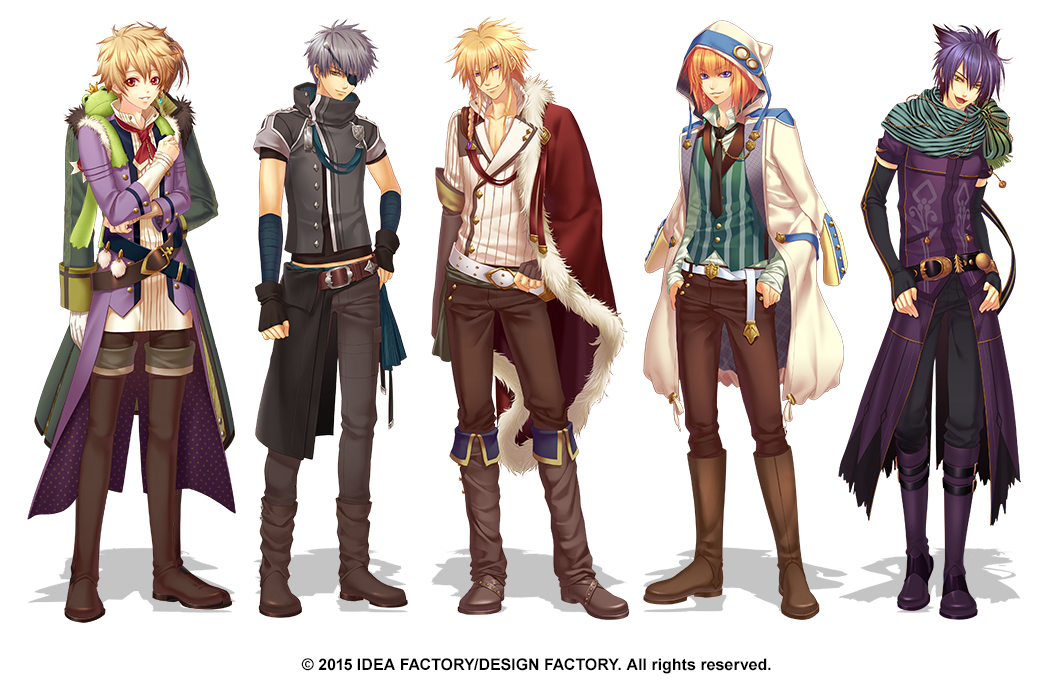
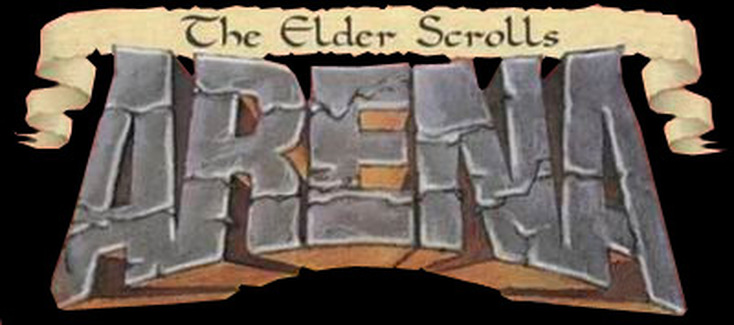
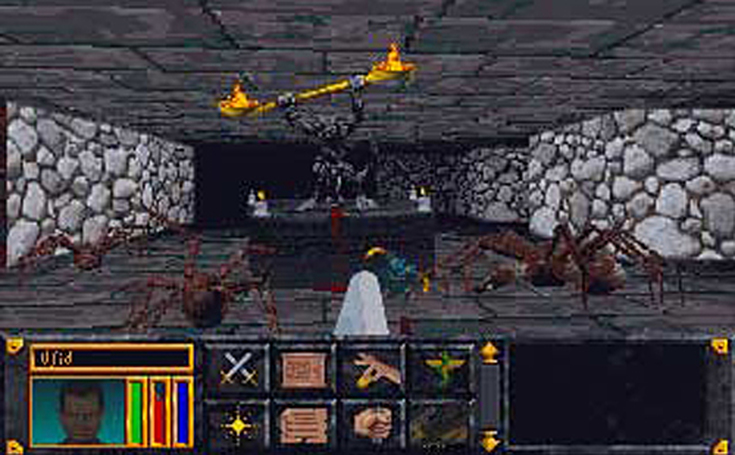
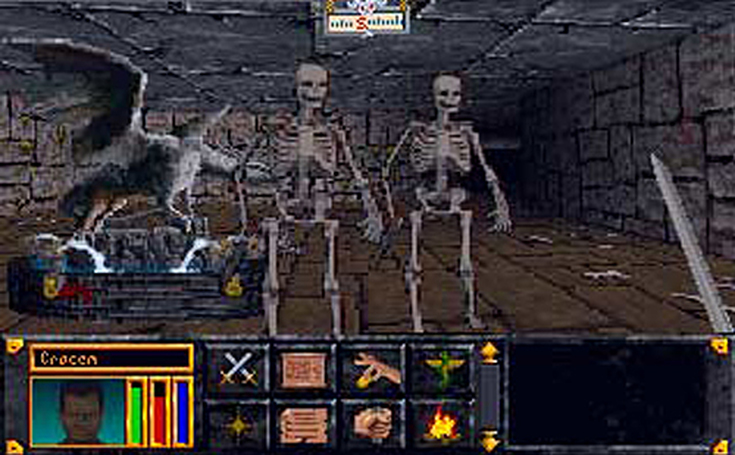
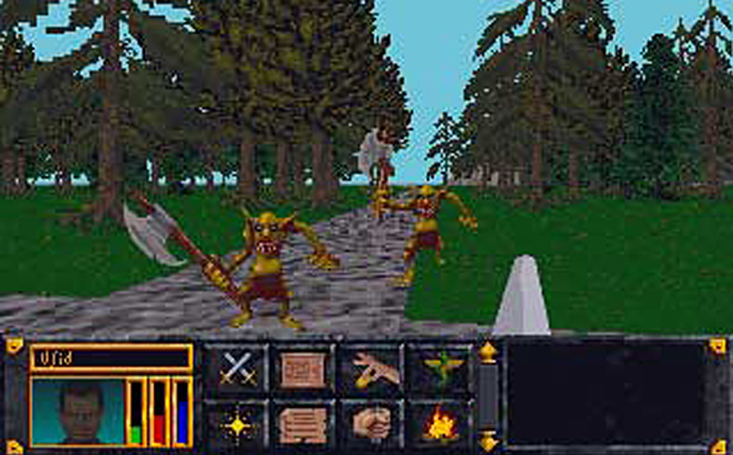
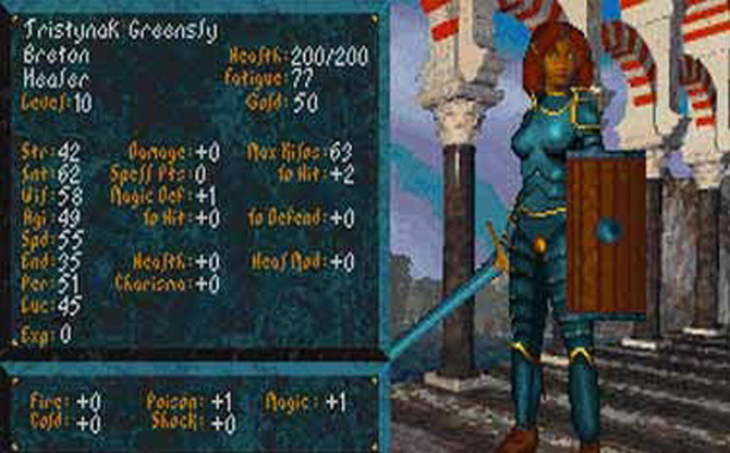
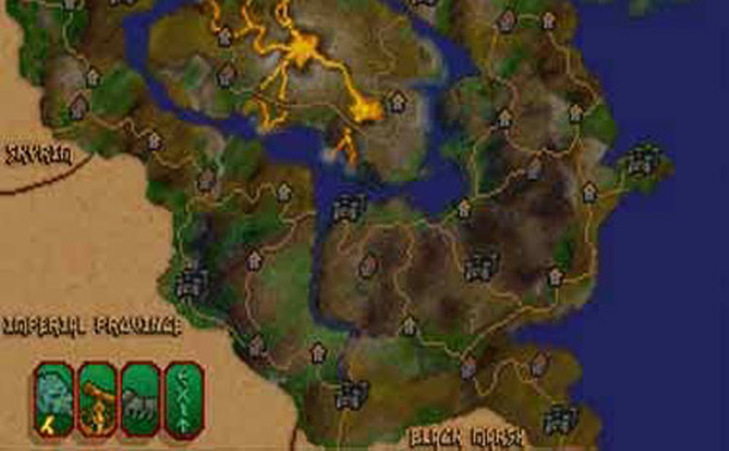

 RSS Feed
RSS Feed